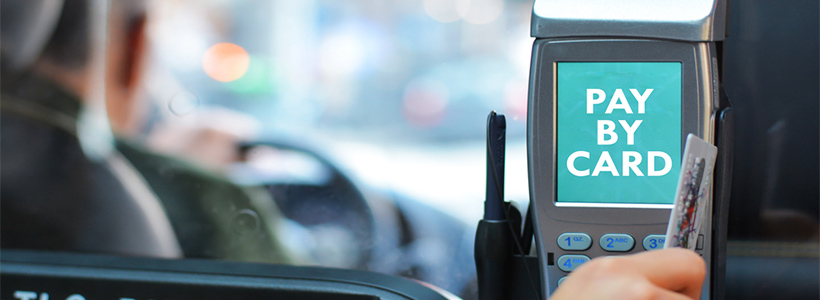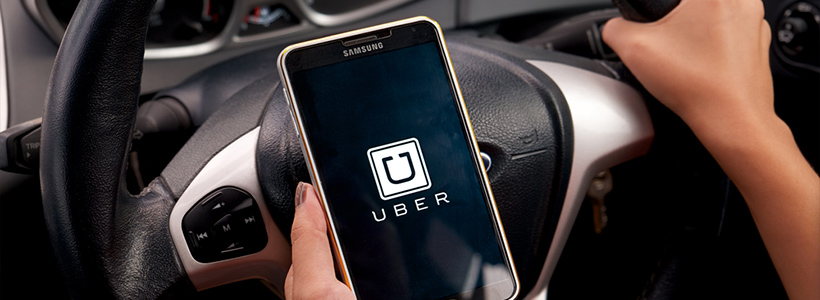
How Self-Driving Technology Is Transforming Taxis
9th Feb, 2017
As we’ve noted before at Scrap Car Network, self-driving vehicles are the next big thing in the motoring industry. All the industry’s biggest players – like manufacturing giant Ford – are pouring their resources into their own projects, desperate to stay on top of the game. Currently leading the charge is Uber, the daddy of ride-hailing apps, who have just launched their first self-driving fleet in Pittsburgh. So what does this mean for the future of public transport?
What Is Uber Doing?

You probably know Uber’s name, and you may well already be cursing it if you’re a taxi driver. Uber uses a ride-hailing app to connect passengers with their drivers, and in just less than a decade it already boasts a massive global presence, taking a huge chunk of business from traditional taxi firms. They’ve already beaten the world’s biggest car manufacturers by being the first company to put a fleet of self-driving cars on the ground in Pittsburgh, which even as you read this are ferrying around their first batches of passengers. They’re aiming to have dozens of these cars on the roads by the beginning of next year (although right now they’ve still got human engineers monitoring things from their driver’s seats, just in case).
For Uber, the eventual idea is to eventually cut down the cost of their transport by completely eliminating human drivers from the equation. Experts say that they’ve already got the advantage on this, because they’ve got a global client base and they’ve already got all the technical infrastructure in place to make the leap. Pittsburgh, too is the ideal city for testing their cars because of its narrow roads and extreme weather – basically, if Uber can conquer the city without scrapping their cars, they know they can export the idea to a wider market.
Will Uber work?

Image Credit: Digital Trends
Hmm…good question. At the moment analysts aren’t sure if it’ll even work for Uber long term, never mind their customers. As one commentator has pointed out, their current business model is ‘genius’ – their drivers agree to take full responsibility for their own cars, which includes cleaning, upkeep and maintenance, leaving Uber with only minimal costs and just sweet, sweet profit. But self-driving cars will be fully owned by the company, bringing with them all the associated costs. Drivers will be taken out of the equation, too, but it lumbers Uber with upkeep costs. Also, the cars will be brand new, not second hand. There’s a drastically reduced market for used self-driving vehicles, and the situation would likely be more complicated when the time came to scrap their cars.
We’ve touched upon the dangers of self-driving cars in our previous blog, but it also opens up the question of complex legal challenges – if their cars are involved in an accident, who’s responsible? Uber? The car manufacturer? The software programmer? There don’t seem like any easy answers. And that’s presuming they conquer the biggest problem with their self-driving cars – giving customers the confidence to actually step inside them. As a relatively new technology, people are still pretty distrustful of the software, despite the best efforts of global companies to persuade them otherwise. Tech titans like Google and Apple have joined motoring giants like Ford, GM and Tesla in a bid to be the first to conquer the market, but it looks like they have a long way to go yet. It’ll be interesting to see what happens!
Interesting Stuff…But Will I Still Be Able To Scrap My Car?
Whatever develops in the realm of public transport, rest assured we’ll still be here for all your car scrapping needs. You can read about reasons why to use us , or you can get yourself on the road immediately by going to our homepage to enter your car reg and postcode, and receive an instant scrap car quote!
Don’t forget to follow us on Twitter: @ScrapCarNetwork